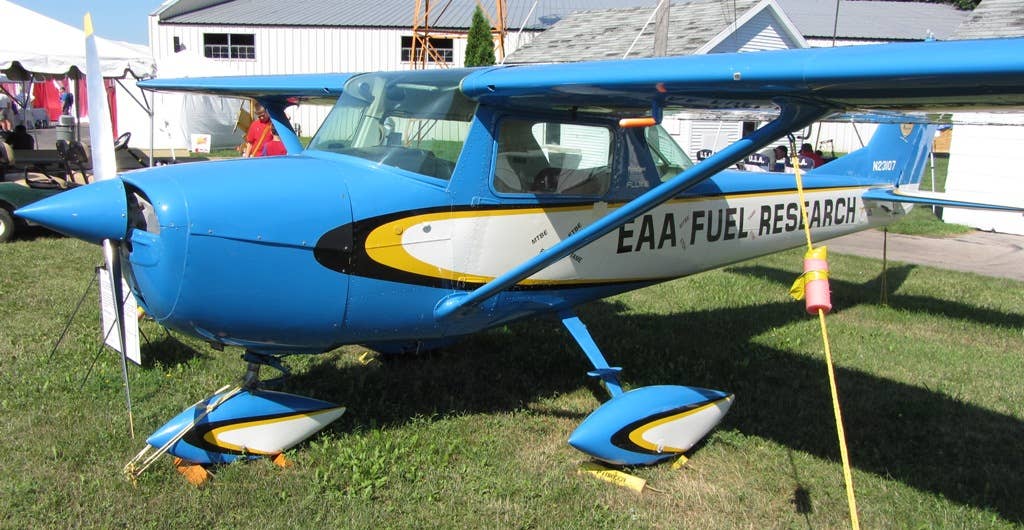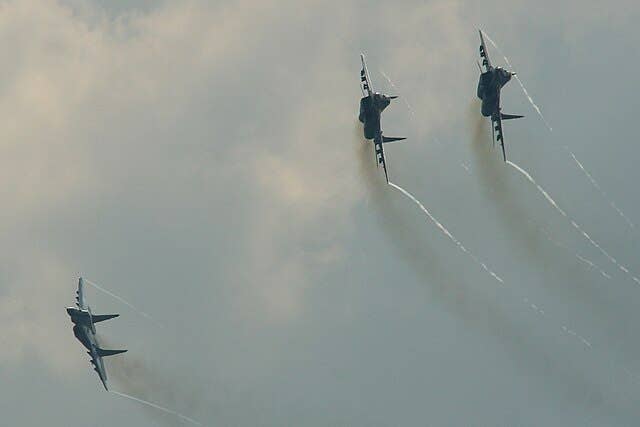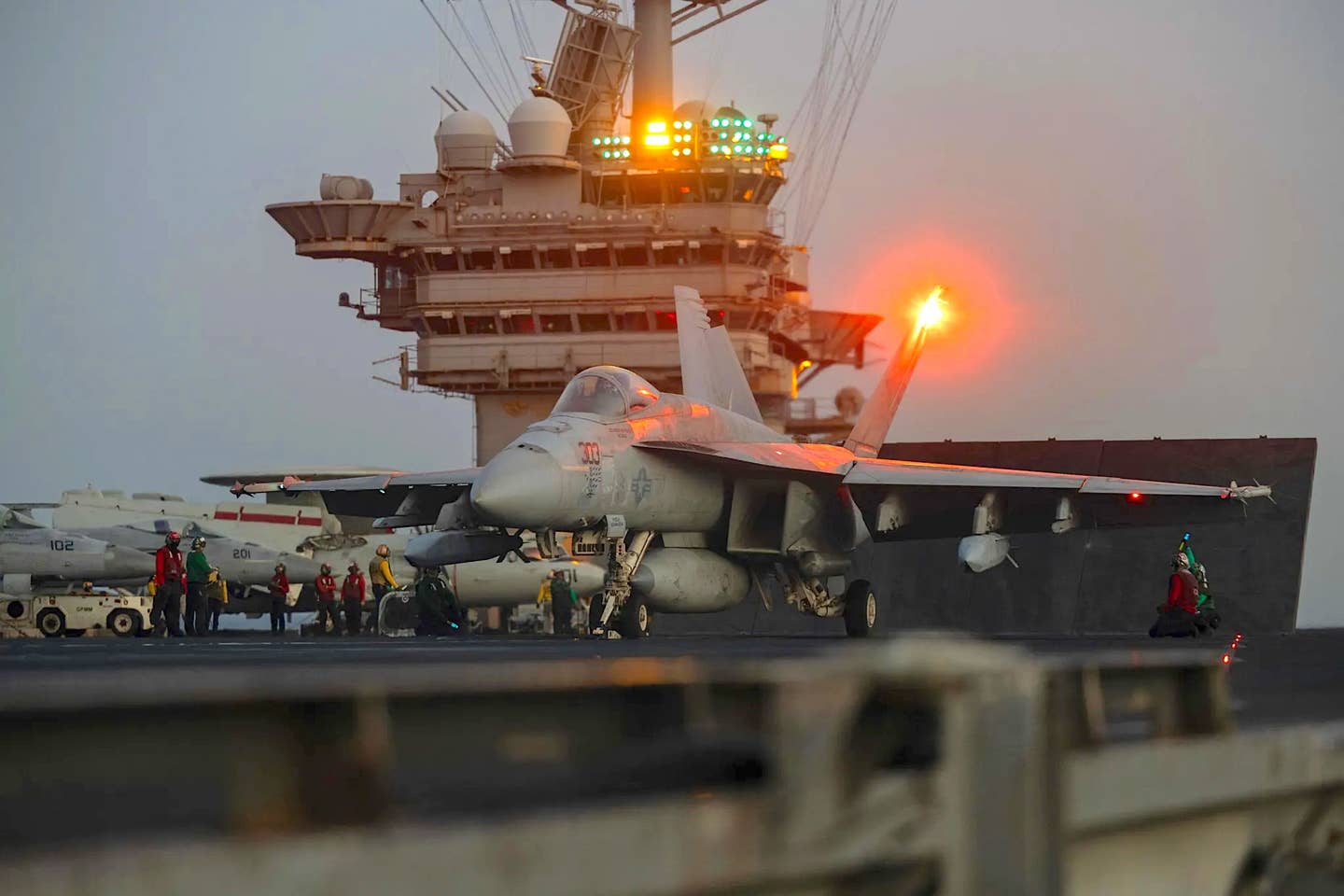FAA Program Enables Using Some Off-The-Shelf Parts In Certificated Aircraft
Last week, EAA announced the unveiling of the FAA’s Vintage Aircraft Replacement and Modification Article (Varma) program. EAA has advocated many years for the initiative, which enables certain type-certificated aircraft…

The Cessna 150 that EAA used for the first approvals under the FAA Varma initiative is the same airplane it used as the testbed for its 1982 autofuel STC.
Last week, EAA announced the unveiling of the FAA’s Vintage Aircraft Replacement and Modification Article (Varma) program. EAA has advocated many years for the initiative, which enables certain type-certificated aircraft to use a number of non-flight-critical, off-the-shelf parts without need for new regulations, orders or advisory circulars. Eligible aircraft include those weighing less than 12,500 pounds and built before 1980.
According to EAA, “Anyone who owns and operates vintage aircraft knows that finding parts can be a major challenge. This situation is especially frustrating when perfectly safe and functional alternatives are readily available but can’t be used because there’s been no legal way to install them in a type-certificated aircraft. With Varma in place, some aspects of vintage aircraft ownership and operation are about to get a lot simpler.”
EAA said the Varma program empowers regular maintenance providers to validate that “certain low-risk replacement parts are suitable for installation on aircraft.” Neither FAA-approved complex engineering analysis nor “complex and time-consuming design and production approvals” are required.
EAA CEO and Chairman of the Board Jack Pelton said, "This is great news for those of us who own and fly vintage aircraft. There could easily come a time when a classic airplane that would otherwise be grounded for want of a part that’s no longer available will fly again thanks to the parts substitution enabled by Varma.”
The FAA definition of parts that fall under Varma rules includes those that would not “prevent continued safe flight and landing.” So, safety-critical components are not subject to this program, though EAA pointed out “there are plenty of hard-to-find parts that meet Varma’s criteria.”
The same Cessna 150 used in test flying for EAA’s 1982 autogas supplemental type certificate (STC) served as the Varma test article for approving an off-the-shelf starter solenoid—the first of what could be a long-term breakthrough for operators of vintage aircraft.






